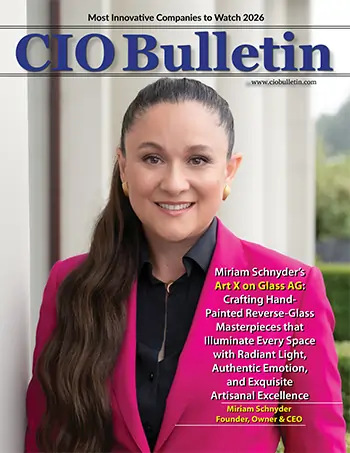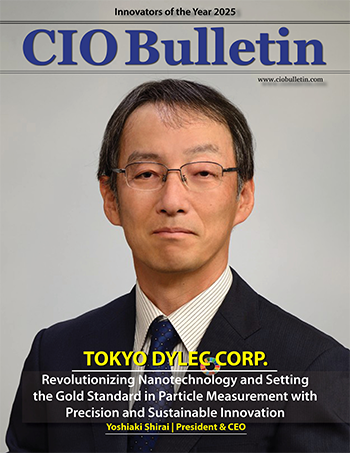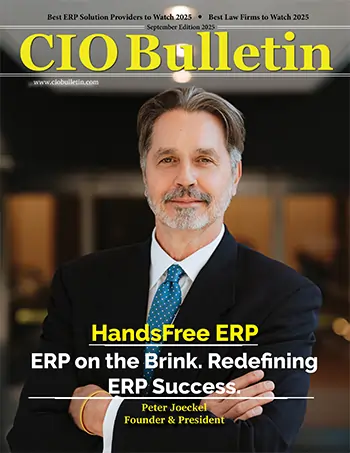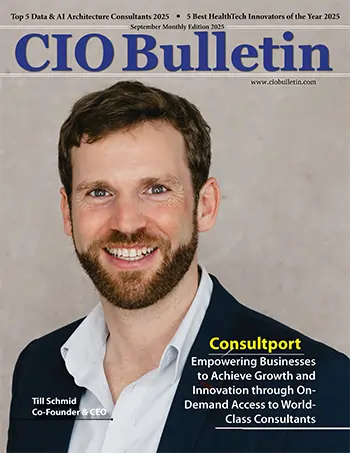Most Innovative Companies 2022
CIO Bulletin

when manufactured, parts are never made to perfect specifications. Due to variations caused by material characteristics and manufacturing processes, such as stamping and machining, parts are always made larger or smaller than their nominal design. This variation is captured in the design as tolerances, depicting the range of variation acceptable in the design.
Tolerancing is the process of determining acceptable lower and upper limits on part dimensions. Standardized languages have been created to make it easier to understand tolerancing methods and notes from customers, suppliers, and engineers to create universal “languages” for part quality.
Parts of a mechanical product/object are designed to make them function properly. The moving parts have a definite relationship with each other; how precisely they work together as an entity determines the quality of that product. Tolerance plays an important role in determining the quality; the tighter the tolerance, the better the quality of the object.
Sigmetrix provides one of the most innovative tolerance analysis and standards-based GD&T authoring software. Sigmetrix’s people and technologies have been helping companies produce better products through mechanical variation management for over 25 years.
The following excerpts are taken from a conversation with James Stoddard, President of Sigmetrix
Q. Why was Sigmetrix founded? Can you tell us about the company’s growth over the years to where it now stands?
Sigmetrix was founded in 1999 to provide a comprehensive easy-to-use 3D tolerance analysis solution to the industry. We have since grown and expanded our vision to include all aspects of mechanical variation management.
Q. What market gap does Sigmetrix fill? How is the company making a difference for its customers?
Sigmetrix helps companies build better products through mechanical variation management. We help customers better understand the reality of mechanical variation that is a natural part of any manufacturing process and therefore build better designs. This aspect of the design process is often overlooked or treated superficially, leading companies to have to deal with the effects later during the manufacturing process. Customers who embrace our solutions are seeing significant improvements in profitability and quality.
Q. What is mechanical variation management? What are its benefits in the manufacturing and assembly processes?
Mechanical variation occurs naturally as part of the manufacturing process of any physical product. This variation is a primary source of quality issues in products. The design for a product is done within a perfect conceptual or digital realm where variation does not exist. It is important to understand how much mechanical variation can be accepted for a design and still achieve the desired quality. This is specified in the design through tolerances. The tighter the tolerance the harder a part is to make, increasing manufacturing cost, but the greater the probability that it will function as intended. It is therefore critical to the overall success of a product to get the tolerance specification correct on the design. Getting the tolerance wrong often leads to problems that must be fixed in manufacturing, leading to rework, retooling, and increased scrap rates.
Q. What is Sigmetrix’s approach to innovation? What role does innovation play within the company?
Sigmetrix is constantly looking for innovative ways to help our customers deal with mechanical variation. We strive to provide easy-to-use solutions for managing mechanical variation management. This requires us to be innovative in how we can use insights from the design data to guide the user through this complex process.
Q. What are the various services offered by Sigmetrix? Can you explain in brief?
We provide software and services to help companies manage mechanical variation throughout the entire design process. From properly applying GD&T (which is the language for specifying the limits of acceptable variation), to performing tolerance analysis, to doing a root cause analysis for a known quality issue.
Q. Sigmetrix’s tools, software, and consulting serve customers in various and differing industries. Can you tell us about some innovative solutions provided by the company for its clients?
In addition to both 3D and 1D tolerance analysis software, Sigmetrix has provided GD&T/GPS authoring technology in two of the most widely-used CAD systems. This solution not only ensures that the specifications defined on the model are consistent with the governing industry standards, but it also helps guide the user through the process with recommendations based on the feature selected and the references that have already been defined. It also ensures that the specifications are semantically associated with the surfaces of the part so that consuming applications can readily find them upon reading the data. This associativity is a critical aspect of the company’s intent on streamlining the exchange of data between systems by defining the requirements directly in the model instead of only on drawings. This is one of the several ways Sigmetrix helps customers maximize their Model-Based Definition (MBD) investment.
Q. Where do you see Sigmetrix in the future?
I see Sigmetrix’s continued growth and solidifying its position as the premier provider of mechanical variation management solutions. With the MBD/MBE trend in the industry, the need for solutions like Sigmetrix has to offer is becoming more talked about.
Helping transform the manufacturing industry through innovative software
James Stoddard is the President of Sigmetrix. James has spent the last 30 years furthering the technologies that are at the core of tolerance analysis and mechanical variation management. As one of the founders of Sigmetrix in 1999, he was a key member of the development team and has spent much of his career researching innovative approaches to tolerance analysis. Now as President of Sigmetrix, James continues to lead the company in providing the best solutions, helping companies build better products through mechanical variation management.







